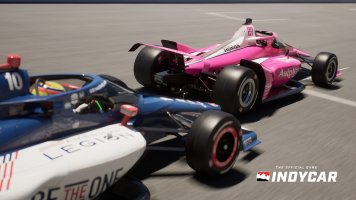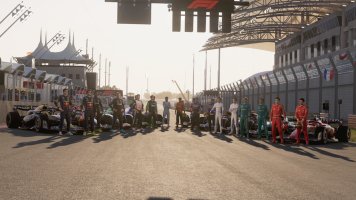oh man, you are going to get tired of making gears! I have seen some people do it on the lathe when they only have a lathe but for your sanity I hope they have a dividing head for the mill.
If they don't have one, and I need one, I'll add a new fixture to the maker space.
Looks like in addition to the dividing wheel, there are very specific cutting blades needed. This will definitely be a deep dive!
So, back to the 3D printed piece. 133 pages of instructions.
140 hours of print time with different head nozzles. It's only about .7 kg of PLA total.
However, there are lots of very specific instructions about how to print different groups of parts so slicing this will be a bit painstaking. I'll also use my 0.25mm head for the first time for some of the printing.
I ordered some filament for this. Now to order all the little non-PLA bits.
I suspect this will take quite a while to print and I'll need to be very careful about labeling all the bits as the prints finish. I also believe I'll need to let the print bed cool down fully before removing the parts so I don't warp any of the small parts.
I would seriously consider printing two of everything, but it appears I may have to iterate on some prints.
Also recently added a 600VA dedicated UPS to my 3D printer. The Prusa i3 mk3S is rated at about an 80W draw at room temperature and in my box where it gets warmer, hopefully it is a bit lower than that. The UPS is only rated for 23 minutes at 100W, but that should be plenty for the types of 1-2 minute power outages that we very rarely get. More importantly, I won't worry about having it running during storms which we seem to be getting a lot of lately.
I think I'll put my wattmeter on it and verify this.












